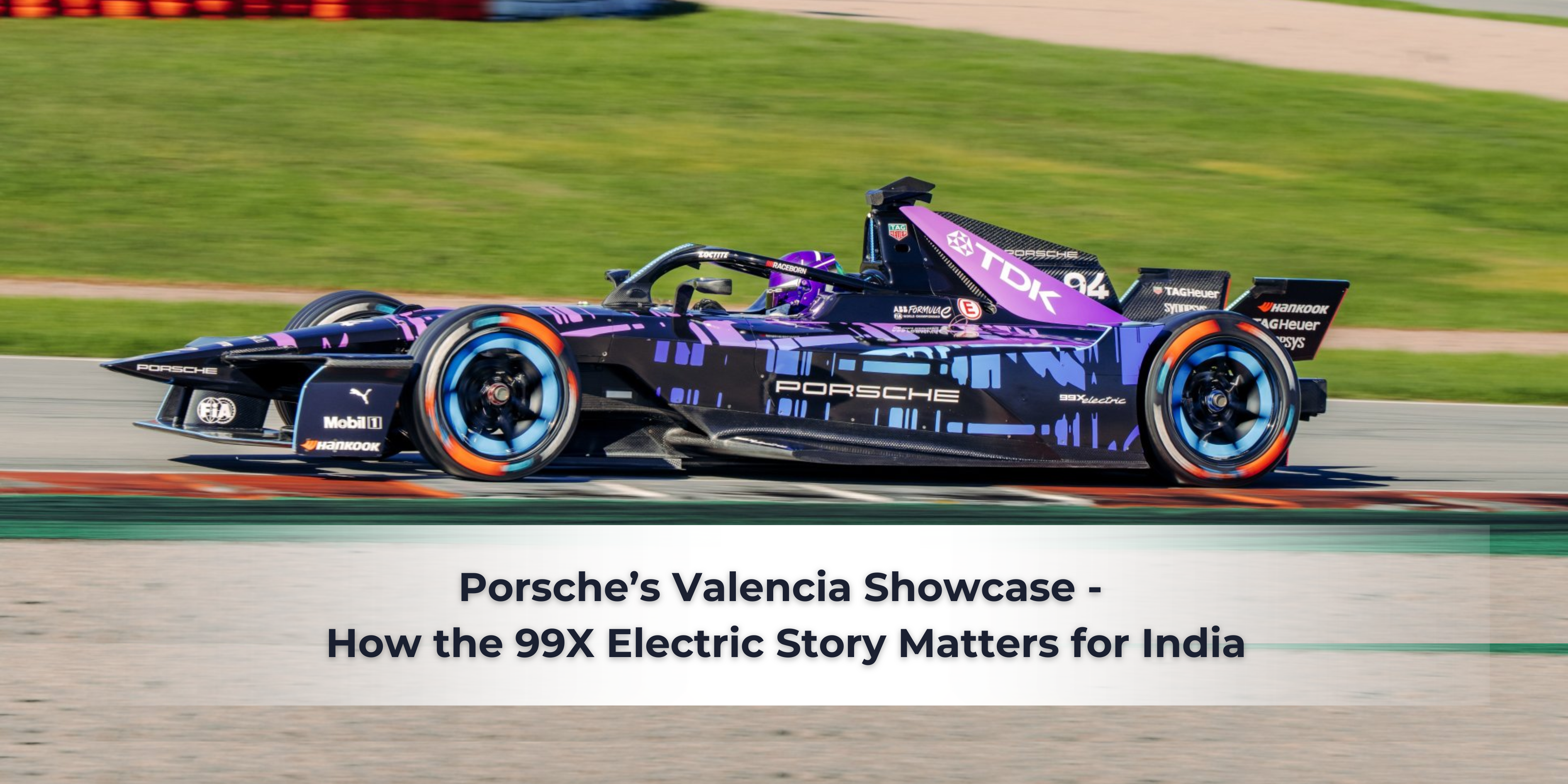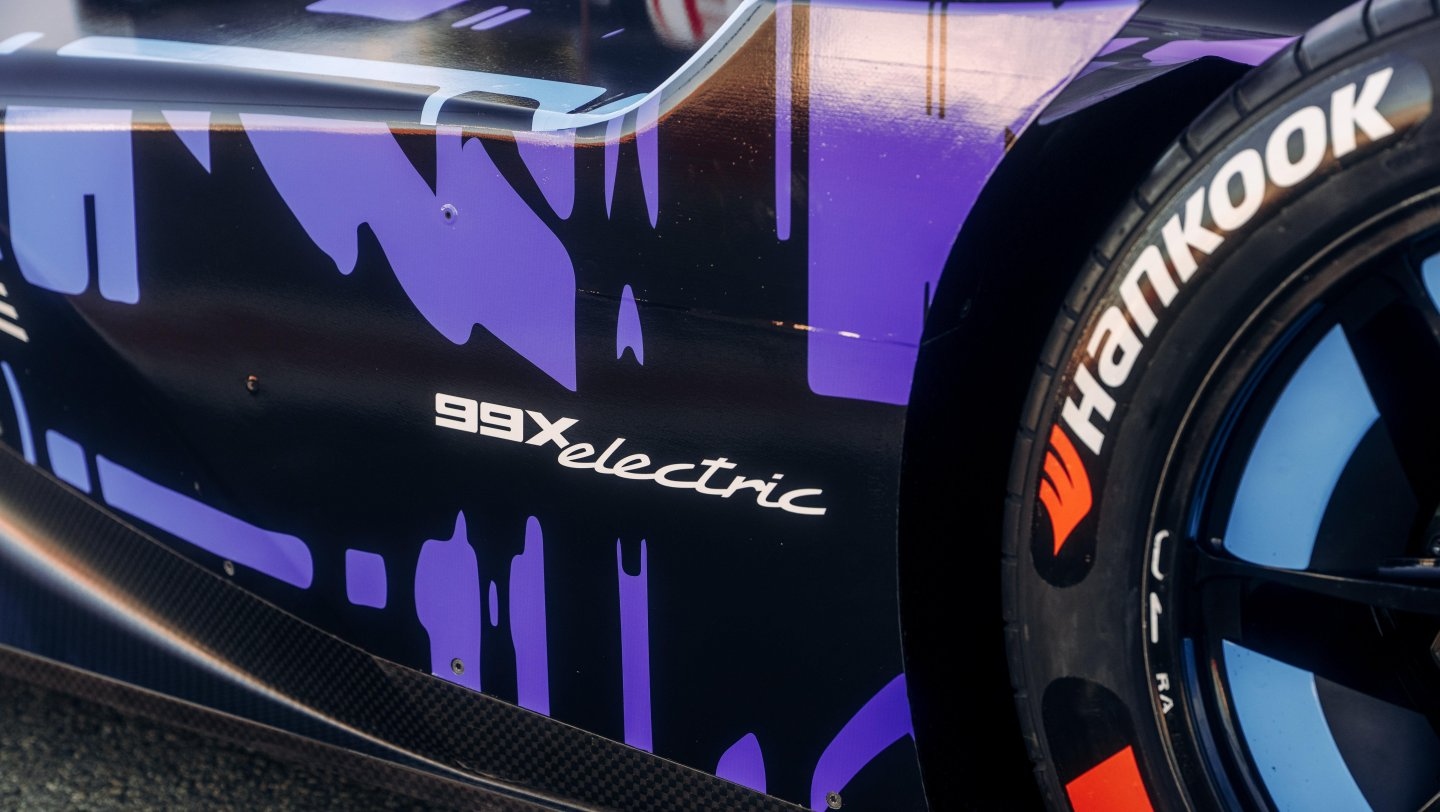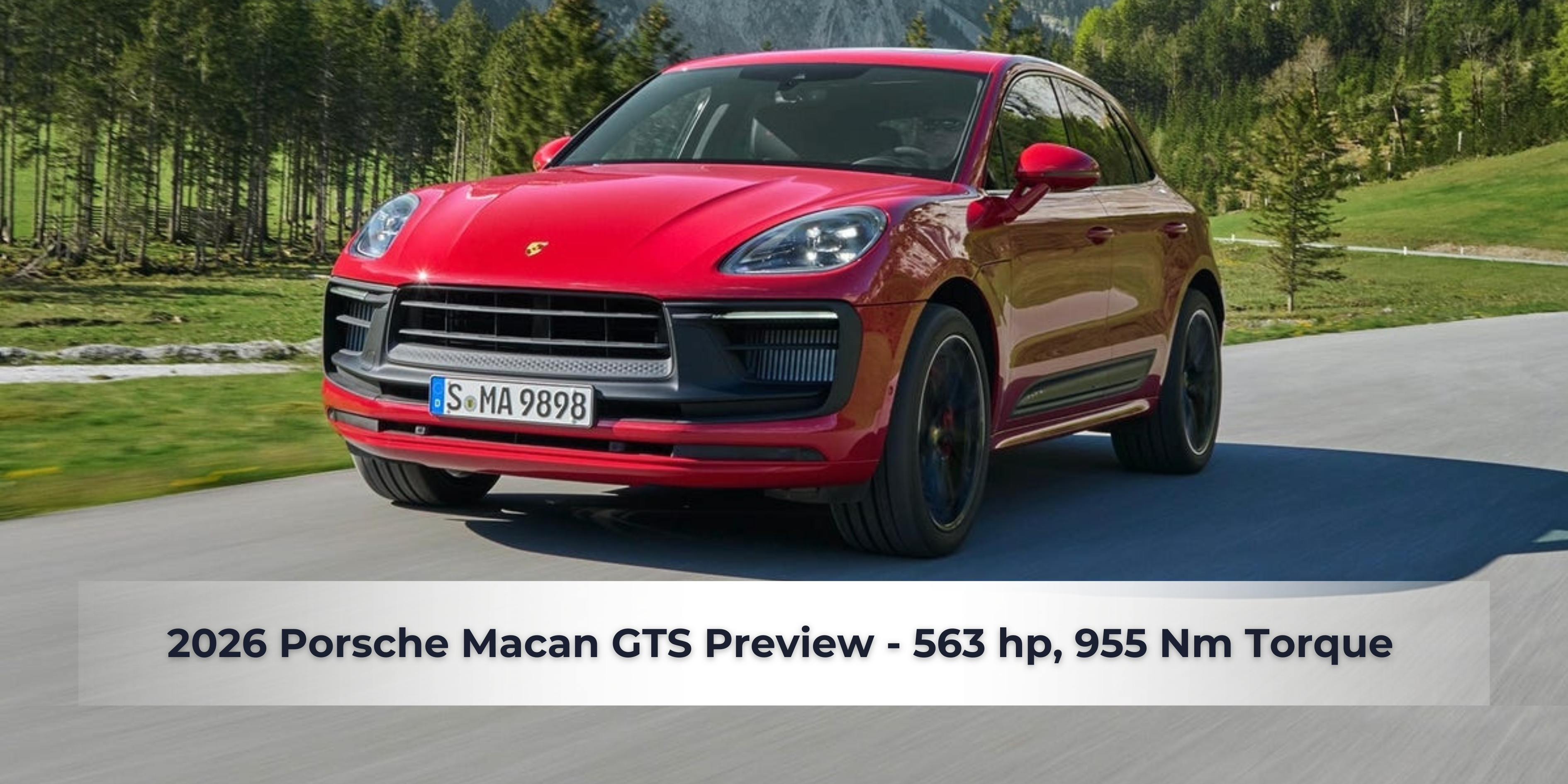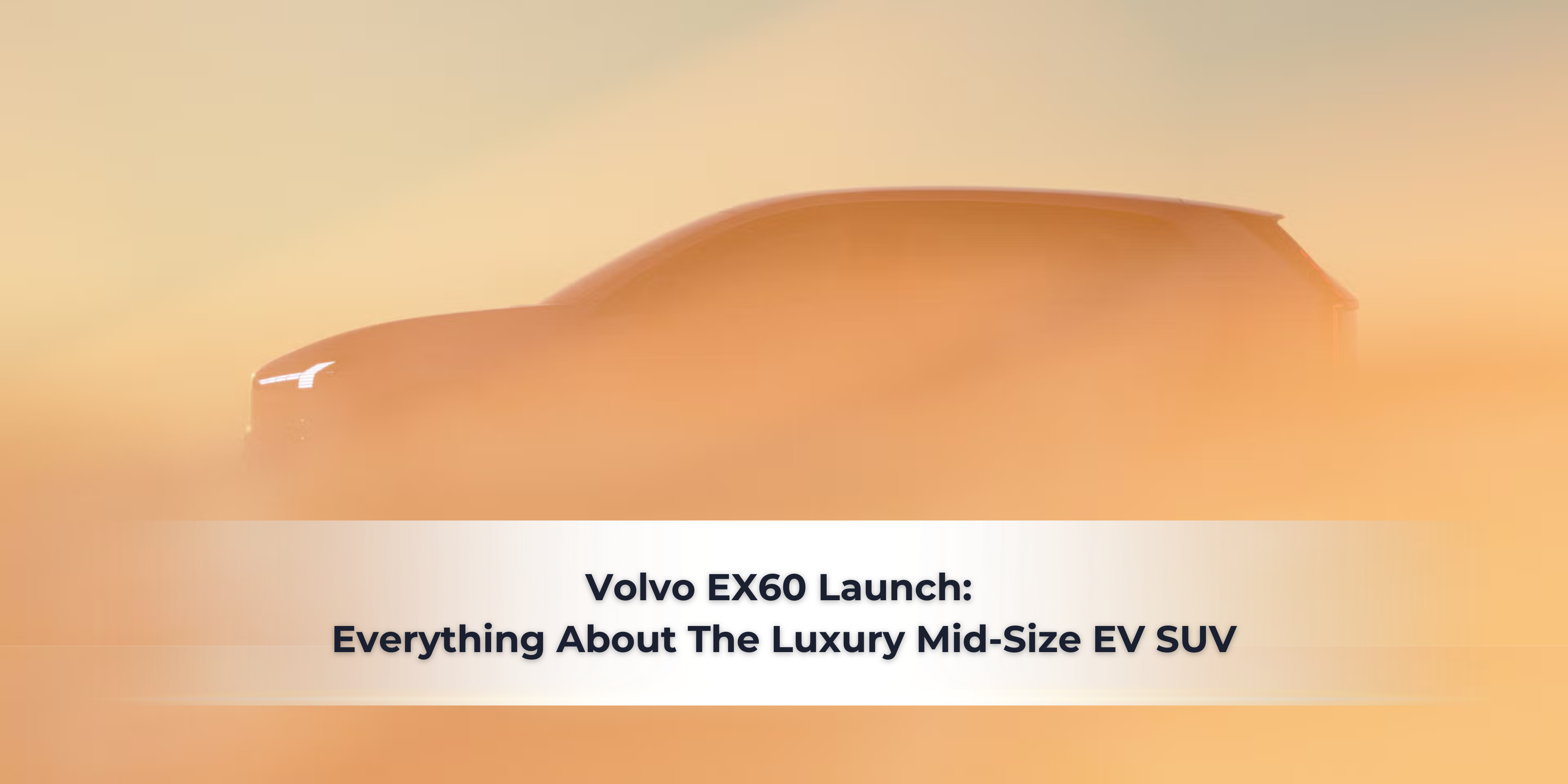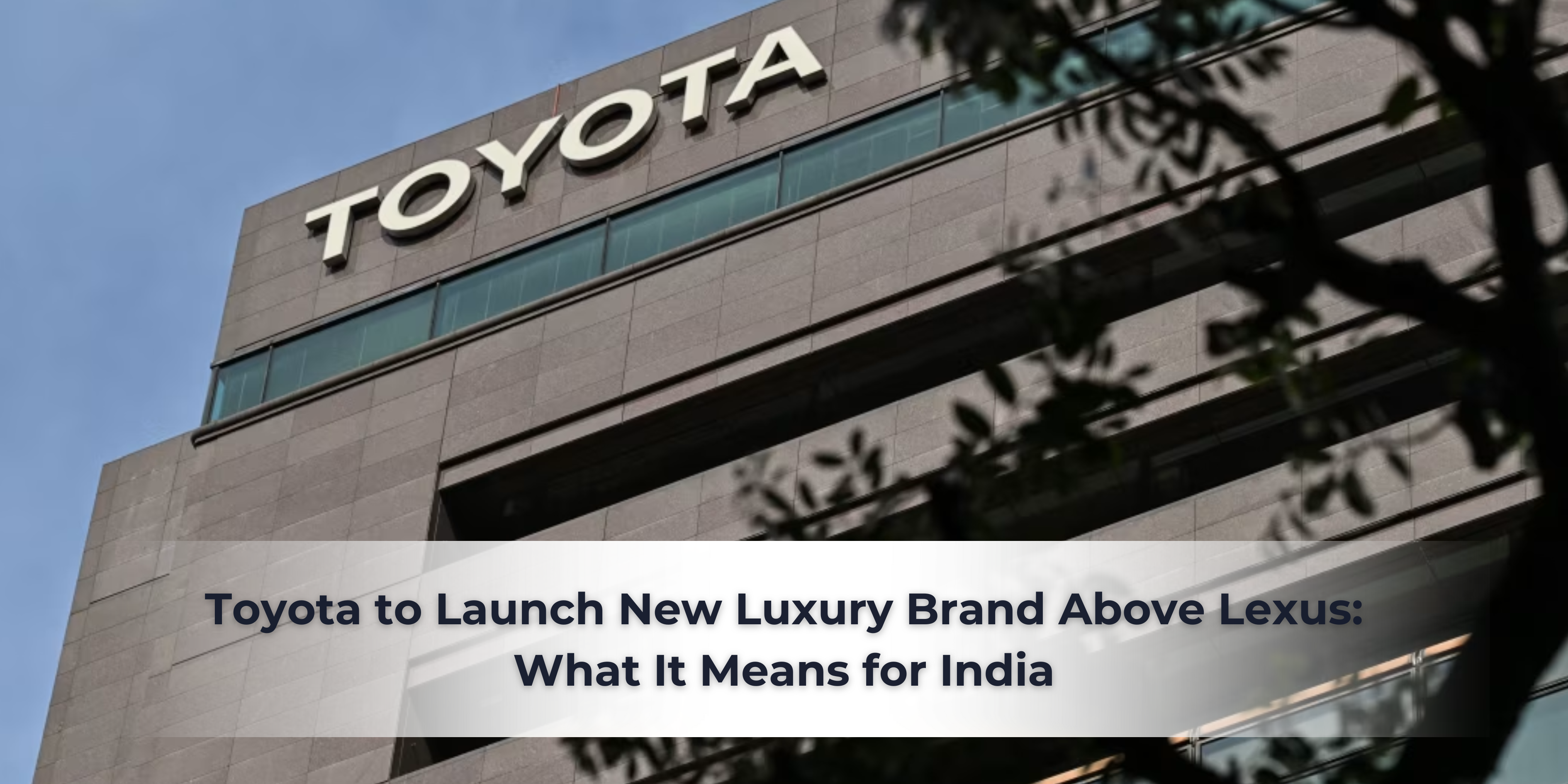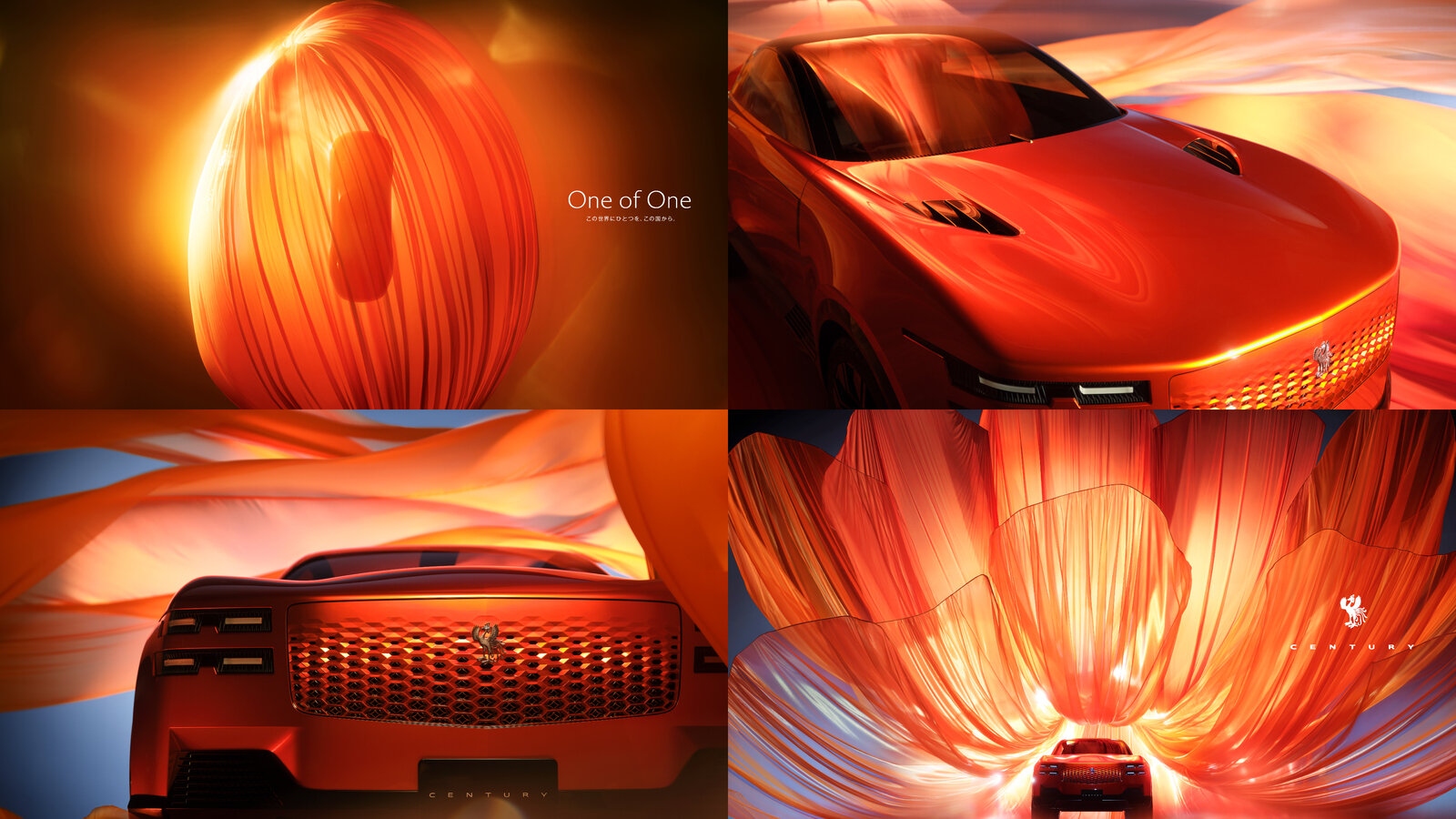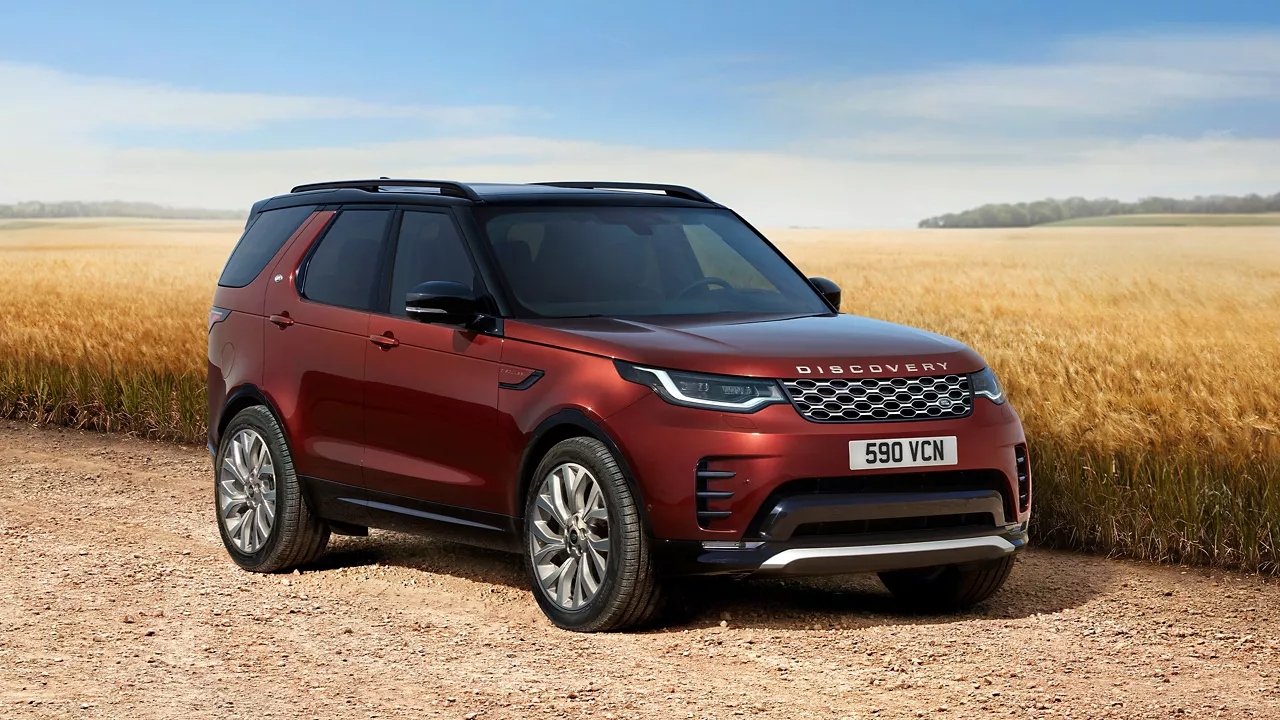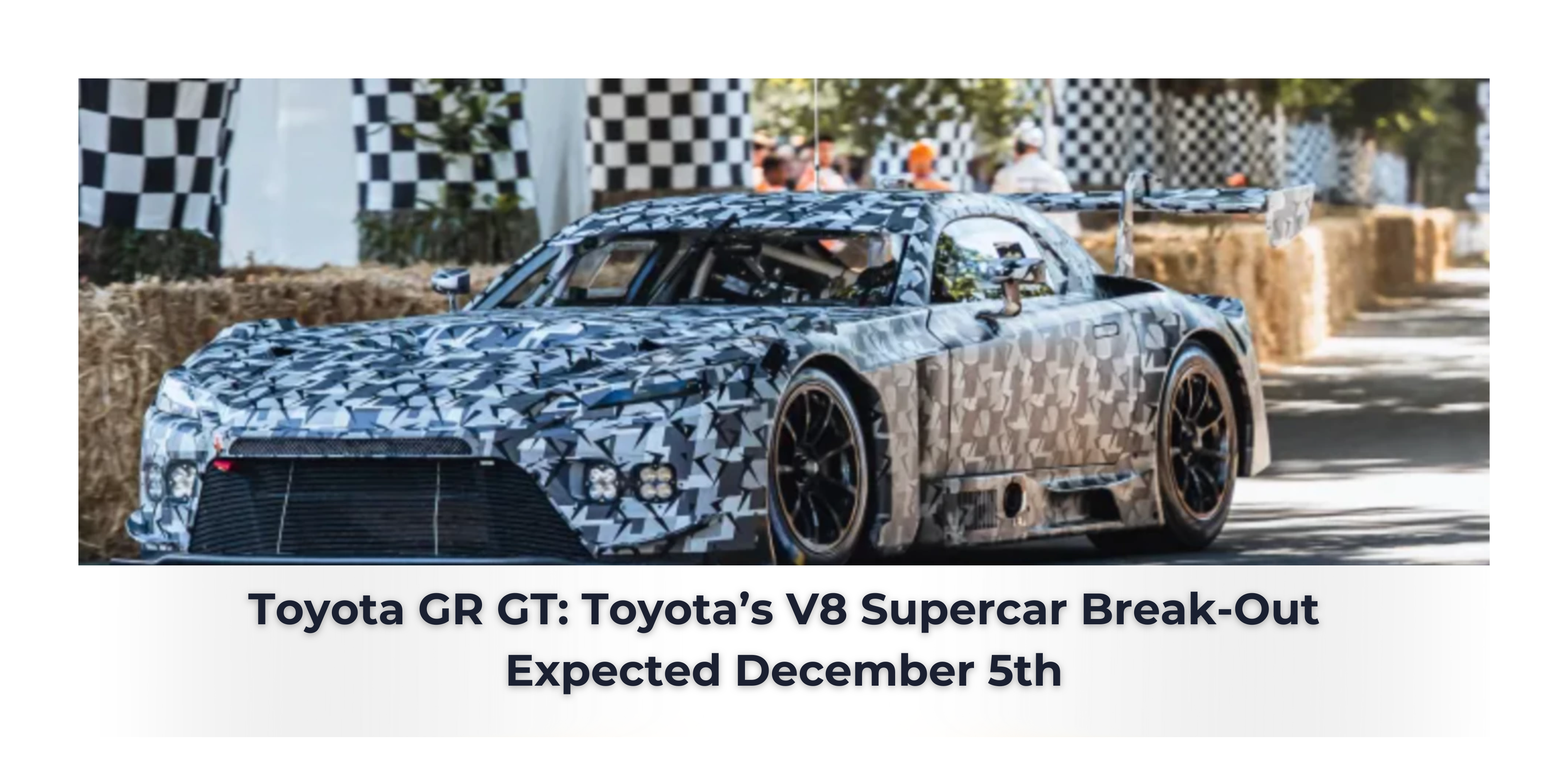Once hailed as the world’s most profitable car manufacturer, Porsche has swung into the red for Q3 2025, reporting a sharp €967 million ($1.04 billion) operating loss. This dramatic reversal is primarily driven by a costly €3.1 billion strategic realignment, including the shelving of its all-electric SUV project, a costly pivot back toward hybrids/ICE, mounting U.S. import tariffs, and a significant drop in China sales. These factors have profound, short-term ripple effects for luxury-car buyers and owners globally.
What Happened The Numbers & Key Signals

The Q3 2025 results mark a turbulent period for the luxury marque:
- Q3 Operating Loss: Porsche reported an operating loss of €967 million in Q3 2025, a dramatic turnaround from a profit of €974 million in the same period in 2024.
- 9-Month Profit Collapse: For the first nine months of the year (9M 2025), operating profit collapsed by 99% to just €40 million, down from over €4 billion a year earlier.
- Revised 2025 Margin: The full-year operating return on sales forecast has been cut drastically to a slim 0% to 2% (down from a double-digit percentage previously).
- Future Outlook: The company expects 2025 to be the “trough year” and forecasts a gradual return to a high single-digit margin by 2026 as restructuring takes effect.
- Deliveries: Despite the losses, Porsche still delivered approximately 212,509 vehicles by the end of Q3 2025, and expects full-year revenue between €37-38 billion.
Major Contributing Factors:
- Strategic Realignment: Extraordinary costs of roughly €3.1 billion for the full year, mainly tied to scaling back its aggressive EV strategy (including scrapping in-house battery production).
- U.S. Import Tariffs: Mounting tariffs are estimated to cost the company a direct hit of around €700 million in 2025.
- China Slowdown: Sales in the key Chinese market were down 26% in the first nine months due to intense competition and challenging economic conditions.
Also Read: Porsche’s Valencia Showcase – How the 99X Electric Story Matters for India
Why Luxury Car Buyers Should Pay Attention
Porsche’s financial health is not just a boardroom issue; it directly impacts the customer experience and the long-term value of their assets.
Brand Strength & Investment Levels

A brand’s financial instability can translate into short-term austerity. Luxury buyers expect consistent investment in new technologies, faster product roll-outs, and a growing catalogue of bespoke options. Porsche’s current losses may lead to:
- Delayed Model Refreshes: The strategic stress could postpone the launch cycles for new generations of popular models.
- Reduced R&D Focus: A necessary focus on cost efficiency could temporarily slow the pace of technological upgrades.
Resale Value & Market Perception
Porsche has historically commanded some of the strongest resale values in the automotive world. While a single quarterly loss won’t destroy this, persistent financial volatility reflects market risk. Buyers considering long-term ownership must monitor how this strategic pivot affects:
- Model Desirability: Will the shift away from an all-electric future for certain key models, like the larger SUV, dilute the brand’s perception as a technological leader?
- Taycan Depreciation: The high depreciation of early electric models (like the Taycan) is part of the reason for the strategic pullback, making the value proposition for current EV owners more uncertain.
Technology Trajectory

The cancellation of the all-electric SUV (K1) and the decision to keep models like the 911, Panamera, and Cayenne available with combustion/hybrid engines well into the 2030s signals a major pivot. For luxury buyers, this means:
- Focus on Hybrid: Porsche is now placing a massive bet on Plug-in Hybrid Electric Vehicles (PHEV) as the bridge technology, suggesting future product investment will heavily favour this space.
- Extended ICE Life: Traditional sports car buyers can be assured that the combustion engine (ICE) remains a core part of the brand’s immediate future.
What’s Going On Behind the Scenes
| Issue | Details | Financial Impact & Strategic Shift |
| Product Strategy Pivot | Porsche cancelled the planned all-electric SUV (K1) above the Cayenne, choosing instead to offer it with ICE/PHEV options due to slower-than-expected luxury EV demand. It also scrapped in-house battery development plans. | Total extraordinary expenses for this realignment hit approximately €3.1 billion for the full year 2025. |
| Tariff & Trade Headwinds | U.S. import tariffs imposed on European imports are directly impacting profitability in Porsche’s largest single market (North America). | U.S. tariffs alone are expected to cost the company roughly €700 million in 2025. Porsche plans to offset this by raising vehicle prices in the U.S. |
| China Slowdown | The key luxury market, China, is dealing with fierce competition and price wars from domestic EV brands, coupled with wider economic pressures. | Deliveries were down 26% in China (9M 2025), significantly hurting volume and margins. |
| Margin Pressure | The revised 2025 operating return on sales guidance now stands at just 0%2% (down from a pre-restructuring target of 15-18%). | This indicates substantial cost inefficiencies and structural pressure being accepted in the short term for a long-term recalibration. |
Implications for Porsche Buyers in India
For Indian luxury buyers, who often view their cars as investments as much as status symbols, these shifts require extra scrutiny:
- Timing of Purchase: Consider waiting until 2026. If 2025 is the “trough year” as management suggests, a recovery in 2026 could coincide with renewed investment, better clarity on product cycles, and potentially more stabilized pricing.
- Electrification Readiness: Given that Porsche is pivoting globally, buyers of models like the Taycan must scrutinize the local infrastructure commitment. Examine the local support for BEV ownership in India (fast-charging networks, service center readiness, and parts availability) before committing to a pure EV.
- Model Selection: If you seek long-term stability in residual value, focus on heritage models that are confirmed to carry ICE/Hybrid well into the 2030s (like the 911 or the newly hybrid-focused Cayenne and Panamera successors).
Verdict Stability in Turmoil, But Buyer Vigilance Required
Porsche’s fall from being the world’s most profitable car company to posting a heavy Q3 loss in 2025 is a stark, if temporary, reality check.
This is not a reason to avoid Porsche entirely-the brand maintains high prestige, strong heritage, and phenomenal performance vehicles. But it is a reason to be highly cautious and diligent. Ensure your purchase aligns with:
- The Brand’s Strategic Direction: Are you buying a hybrid or ICE model, which is now the company’s focus, or a BEV, which has seen strategic contraction?
- Local Support Capability: Is the local dealer network ready to absorb the potential after-sales pressure resulting from restructuring efforts?
- Your Ownership Horizon: For buyers seeking maximum value, patience until the 2026 recovery phase is recommended.
In short, your luxury car is partly an investment in brand relevance. By knowing that the landscape is changing rapidly.
Connect with the Motozite Team to analyse how the Porsche brand’s current challenges impact your buying strategy, model timing and long-term luxury-car ownership value.





